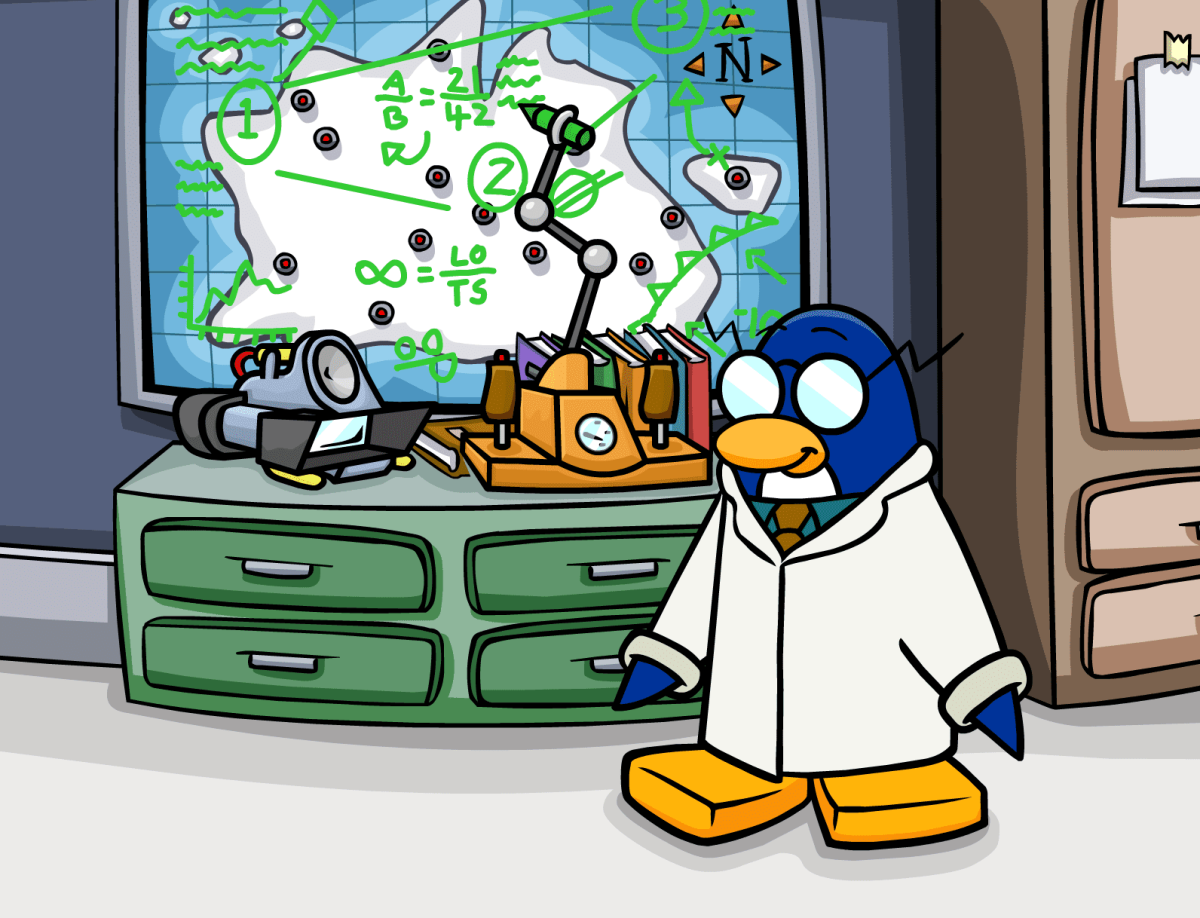Secret… penguin man
For anyone growing up in the mid-2000s, Club Penguin was the pinnacle of gaming when we were kids. The game got a heart wrenching (and hilarious) send-off when it was officially shut down in 2017, but for 12 shining years, the penguin-themed children’s MMO was a place for us to come together, throw snowballs at each other, and try and see which curse words we could get through the chat filter.
My own memories of playing Club Penguin are a bit scattered — I remember the sledding mini-game, hanging out in the pizzeria, and the rumors that if we got enough penguins on one side, we would actually be able to tip over the iceberg. What does stand out most in my mind, though, is how friggin’ sweet I thought the spy missions were.

But then I caught whispers of a secret organization, and let me tell you, I thought that was the most intriguing thing I had ever heard. From what my little dumb kid brain could remember, I thought the initiation into the organization was a very covert process — but apparently, all you had to do is click on a badge symbol that was always at the top right of your screen.

So it turns out there’s actually some lore to this whole spy agency thing that I completely missed when I was seven — the organization was originally called the Penguin Secret Agency, but in 2010 a dangerous and deranged polar bear named Herbert P. Bear destroyed the headquarters with a popcorn bomb. That’s right, it was a bomb that made popcorn go flying everywhere. For some reason this was a motif in my childhood media, but I digress.

Alright, now that the stage is set, let’s talk about the main event of this whole thing — the secret spy missions. The short of it is that they’re little point-and-click adventure games within the larger Club Penguin game. You go around to different locations, find clues, crack codes, and so on.
The art style is pretty simple, and the missions are linear as you’d expect. But one thing that really surprised me while looking back on these is that they’re… actually pretty well designed. Looking back, I always thought these missions were so fun because they made me feel smart, and now I understand why.

Not only do you have to shoot the life preservers one at a time while aiming for each individual penguin, but you also have to account for the wind, as you use a flag that has been planted in the iceberg to determine the direction and speed. When I was watching the playthrough of this, I was genuinely shocked that whoever designed this thought more of its child players than these companies often do.

In doing some research for this feature, I learned that the game reopened under the banner of Club Penguin Rewritten, which is actually an unofficial fan recreation. It was a small, controversial project that was shut down multiple times since it launched in 2017, but saw a huge influx of players at the start of the pandemic. It even managed to survive the shutdown of Flash, and has over eight million registered players as of December 2020.
The fact that Club Penguin has not only been kept alive to this day, but actively played by huge numbers of people, speaks volumes of its legacy. Those of us who were lucky enough to grow up with it have a seemingly endless well of fond memories to pull from, and to me the spy missions are a perfect example of what made it so special.

Apparently, in the new EPF headquarters in Club Penguin Rewritten, you can still play all of the missions under the premise of training. As a long-time fan, I’m really glad someone had the foresight to preserve them. Kids now have Among Us, and Fortnite, and probably something else I haven’t even heard of yet, but I hope that they can look back on the games that shaped their childhoods with the same fondness someday. Times change, but something will always be comforting about knowing I can play Club Penguin again any time I damn well please.





Published: Sep 21, 2021 12:00 pm